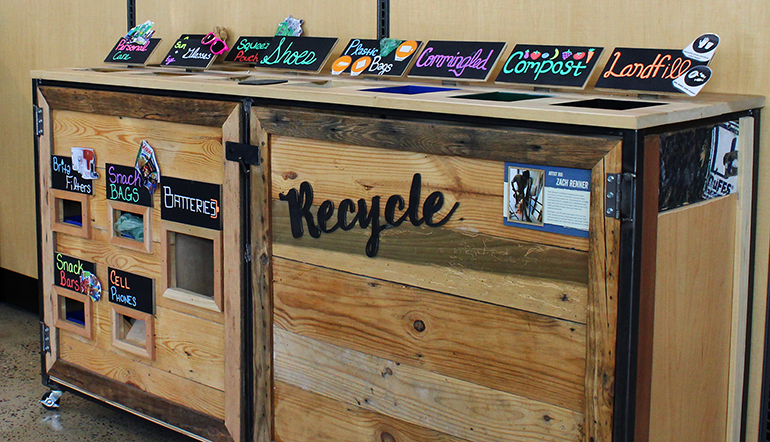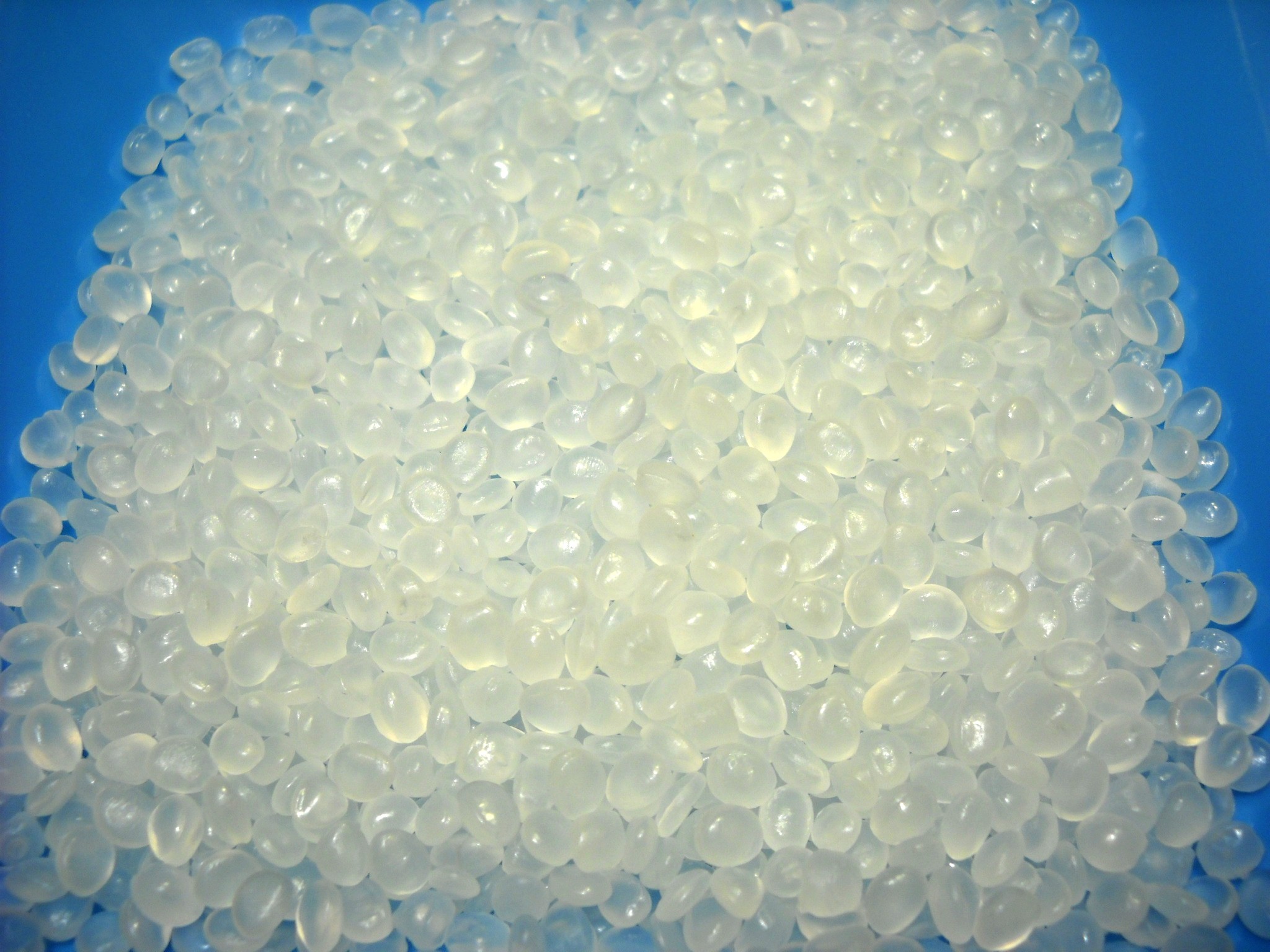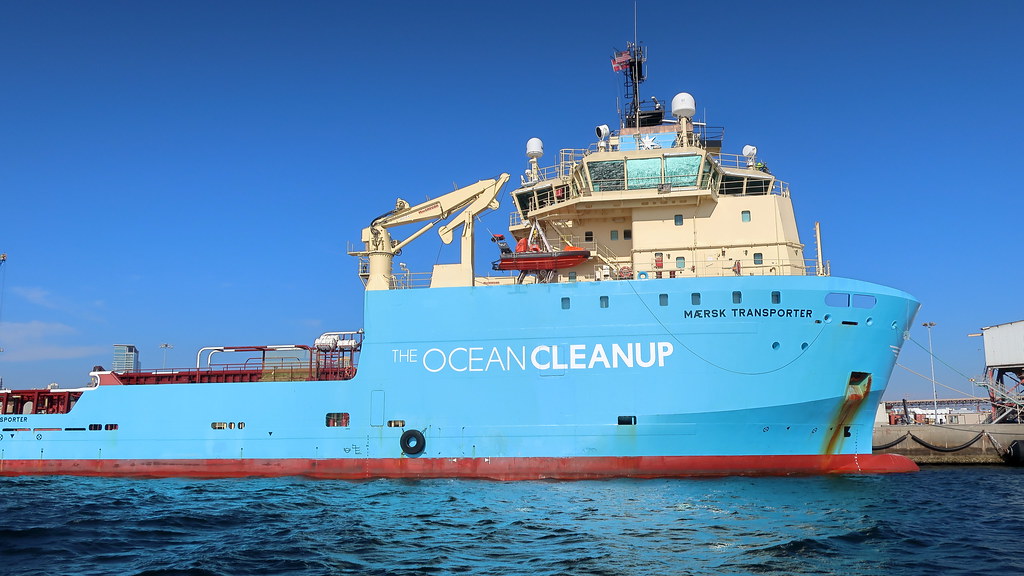As we are all well aware we have a lot of plastic items in our life that we deem as important to us and upon reflection and after watching the journey of a plastic bag in class I have found one of my most important plastic items I use daily is my medicine bottles I looked at all the ones I have and I saw a wide range of different types of plastic. Before I looked I believed that they would all be the same numbers for recycling and thinking this I when recycling I would put them all in the same bin but seeing this today It has taught me something new. When researching bottles similar to the ones I have I found a site where there are all types of plastic medicine bottles and it tells how they are made and after reviewing the different types of plastics I believe the plastic that is used for making medicine bottles is Polyethylene terephthalate or PET it is a hard plastic that is recyclable. This type of plastic is made in factories and is only touched by machines and only uses good raw materials to form their bottles. They then pack their bottles into sterile bags and box them and send them off for shipping. They mark on their website how long it should take them to make the order and it usually ranges from30-45 day unless there are specific time the costumer needs them.

“pills” by plasticrevolver is licensed under CC BY-SA 2.0
The usage depends on what is put into the container and how many. It also depends on how often you use what is in the container. For me a medicine container would last 60 days and I use the container everyday. Now that I am in college I will be recycling differently I will use the recycling bin down stairs that are for specific small plastic containers and hope it will be disposed of properly. At the end of its functional cycle it will depend on the person using it I already said what I would do but for others that depends entirely in them. Some may chose to throw it in with the trash others may chose to find a recycling center that the number of plastic and throw it away there so it can be reused. The environmental impact of this product during the stages of development is putting out toxic chemicals in the air when using the machines to make the plastic after its use if not disposed of properly it can damage the environment through animals eating it to it being in places it shouldn’t be and not going away.

“21/365 – western medicine” by jypsygen is licensed under CC BY-NC-ND 2.0
The social impact it has is the people who get the raw materials and their working conditions, the people who work in the factories to make sure the machines are working right and them being exposed to harmful chemicals, the people who stock them in stores and are payed not enough for the work they do, and they people who will be impacted by this product if it is not disposed of properly. This would be called the economic snapshot. Way that we can reduce this is by voting with our wallets , selecting our majors that support our ideas. My assumption based on todays world is that the youth will start the change and will enforce sustainable products throughout generations. I can always be wrong and the people who believe our world is fine how it is could take control and further damage our world causing a number of catastrophic events to occur.\
cites
Group, Foerhao. “HDPE Pharma Bottle.” Foerhao Pharmaceutical Packaging Co., Ltd., 2011, https://www.foerhao-pharmpack.com/solid-bottle/225ml-hdpe-pharma-bottle.html.
“What Materials Make up Plastic Bottles.” MJS Packaging Blog, 30 Sept. 2014, https://www.mjspackaging.com/blog/what-materials-make-up-plastic-bottles/.











 We are in control of our consumption of plastic. To help prevent the plastic from ending up in landfills or the ocean, it’s important to recycle or refrain from purchasing plastic bottles. There are alternative reusable water bottles that can be used to replace plastic ones.
We are in control of our consumption of plastic. To help prevent the plastic from ending up in landfills or the ocean, it’s important to recycle or refrain from purchasing plastic bottles. There are alternative reusable water bottles that can be used to replace plastic ones.


